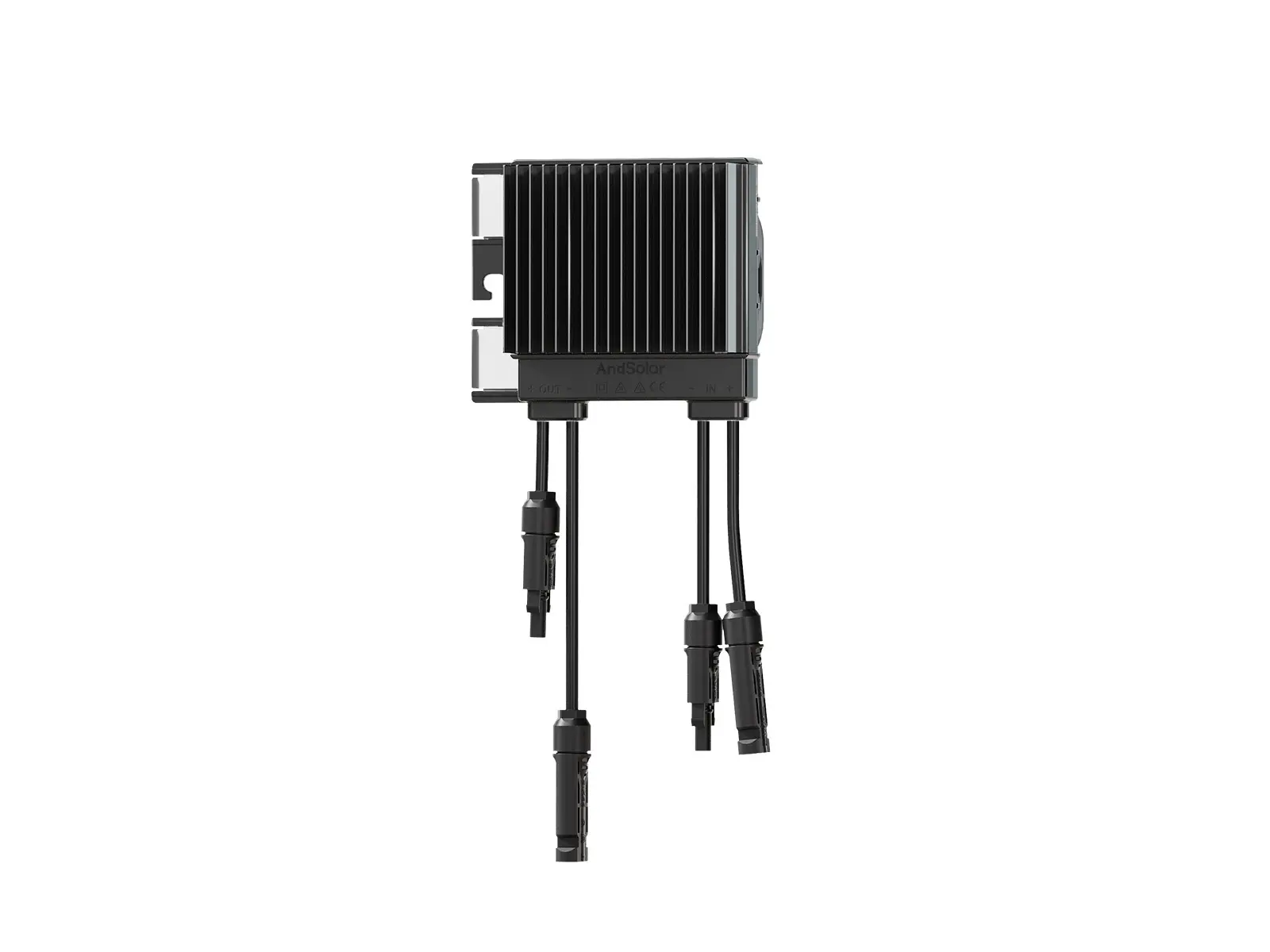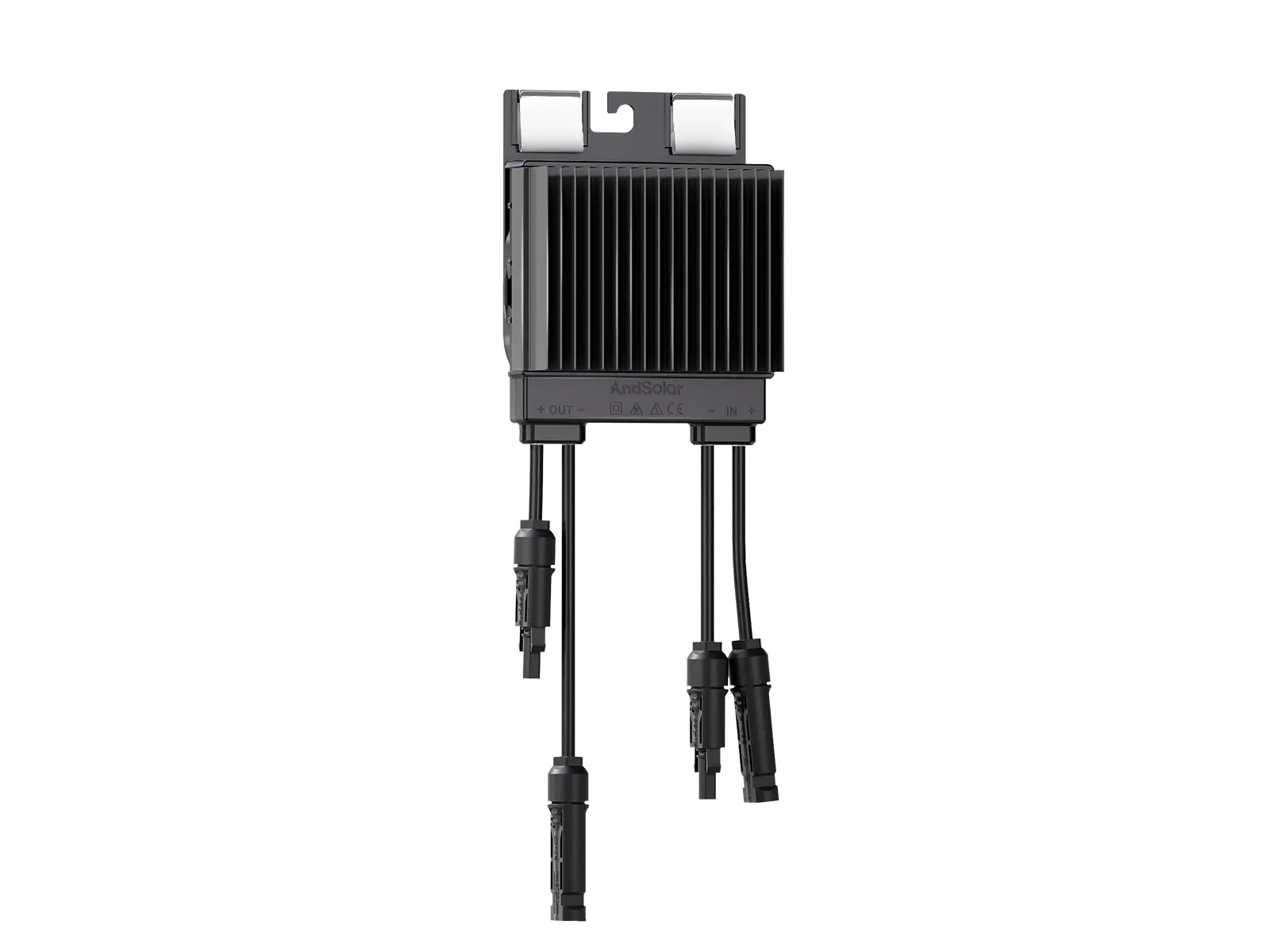Revolutionizing Solar Energy Efficiency Through Advanced Optimization
The solar energy industry has witnessed remarkable transformations, with smart solar optimizers emerging as game-changing technology. These innovative devices are revolutionizing how we harness solar power by significantly reducing energy losses that have long plagued traditional solar installations. A smart solar optimizer works at the individual panel level, ensuring maximum power output even under challenging conditions.
As the world increasingly shifts toward renewable energy sources, the efficiency of solar power systems becomes paramount. Traditional solar setups often face efficiency challenges due to shading, module mismatch, and varying weather conditions. Smart solar optimizers address these challenges head-on, offering a sophisticated solution that can dramatically improve system performance and return on investment.
Core Components and Functionality of Smart Solar Optimizers
Advanced Power Point Tracking Technology
At the heart of every smart solar optimizer lies sophisticated Maximum Power Point Tracking (MPPT) technology. This essential feature continuously monitors and adjusts the electrical operating point of each solar panel to extract the maximum possible power. Unlike traditional string inverters that optimize at the system level, a smart solar optimizer operates at the module level, ensuring each panel performs at its peak potential regardless of the conditions affecting other panels in the array.
The MPPT functionality becomes particularly valuable during partial shading scenarios, where traditional systems would experience significant power losses. The smart solar optimizer maintains optimal voltage and current levels for each panel independently, preventing the underperforming panels from affecting the entire string's output.
Real-time Monitoring and Data Analytics
Modern smart solar optimizers incorporate sophisticated monitoring capabilities that provide real-time performance data. This feature enables system owners and operators to track the performance of individual panels, identify potential issues before they become serious problems, and make informed decisions about maintenance and upgrades.
The data analytics component processes information about voltage, current, and power output, creating detailed performance reports and highlighting opportunities for system optimization. This level of granular monitoring was previously impossible with traditional solar installations.
Benefits of Implementing Smart Solar Optimizers
Enhanced Energy Production
The primary advantage of using a smart solar optimizer is the significant increase in energy production. By optimizing each panel independently, these devices can increase system yield by 10-25% compared to traditional setups. This improvement becomes even more pronounced in installations where panels face different directions or experience varying levels of shade throughout the day.
The enhanced production capabilities stem from the optimizer's ability to maintain peak performance even when individual panels are affected by external factors. This means that even if one panel is partially shaded or dirty, the rest of the system continues to operate at maximum efficiency.
Improved System Reliability and Safety
Smart solar optimizers incorporate advanced safety features that protect both the system and its operators. The rapid shutdown capability ensures that DC voltage is reduced to safe levels when the system is disconnected, meeting strict safety requirements and protecting maintenance personnel.
These devices also help extend system longevity by preventing hot spots and reducing stress on individual panels. The ability to monitor panel-level performance allows for early detection of potential issues, enabling proactive maintenance and preventing costly system failures.

Design Considerations and Installation Best Practices
System Architecture Planning
Proper planning is crucial when implementing smart solar optimizers. The system architecture must account for factors such as roof layout, shading patterns, and future expansion possibilities. Designers must carefully consider the placement of optimizers to ensure optimal performance while maintaining accessibility for maintenance.
Integration with existing or new inverter systems requires careful consideration of compatibility and communication protocols. The smart solar optimizer must work seamlessly with other system components to achieve maximum efficiency gains.
Installation and Maintenance Guidelines
Professional installation is essential for realizing the full benefits of smart solar optimizers. Technicians must follow specific guidelines for mounting, wiring, and configuration to ensure optimal performance. Proper installation includes considerations for heat dissipation, water protection, and secure mounting to withstand environmental conditions.
Regular maintenance procedures should include checking optimizer connections, verifying communication systems, and analyzing performance data to identify any potential issues. The monitoring capabilities of smart solar optimizers make maintenance more proactive and efficient compared to traditional systems.
Future Developments and Industry Trends
Integration with Smart Home Systems
The evolution of smart solar optimizers continues with increasing integration into broader smart home ecosystems. Future developments will likely see enhanced connectivity features, allowing for better coordination with home energy management systems, battery storage, and smart appliances.
This integration will enable more sophisticated energy optimization strategies, such as automated load shifting and predictive energy management based on weather forecasts and usage patterns.
Technological Advancements
Emerging technologies are set to further improve the capabilities of smart solar optimizers. Artificial intelligence and machine learning algorithms will enhance performance optimization and predictive maintenance capabilities. New materials and manufacturing techniques may lead to more efficient and cost-effective devices.
The industry is also moving toward increased standardization and interoperability, making it easier to integrate smart solar optimizers with various solar panel brands and inverter types.
Frequently Asked Questions
What makes a solar optimizer "smart" compared to traditional optimizers?
A smart solar optimizer incorporates advanced features such as individual panel monitoring, real-time performance optimization, and data analytics capabilities. Unlike traditional optimizers, smart versions can communicate with monitoring systems, provide detailed performance data, and adjust settings automatically based on environmental conditions.
How much can a smart solar optimizer improve system efficiency?
Smart solar optimizers typically improve overall system efficiency by 10-25%, depending on installation conditions and environmental factors. The improvement is most significant in installations with partial shading, different panel orientations, or other challenging conditions that would normally impact traditional solar systems.
Is it worth upgrading an existing solar installation with smart optimizers?
The decision to upgrade depends on several factors, including current system performance, shading conditions, and energy goals. If your existing system experiences significant energy losses due to shading or panel mismatch, adding smart solar optimizers can provide substantial benefits and a favorable return on investment. Professional assessment can help determine if an upgrade is worthwhile for your specific situation.

